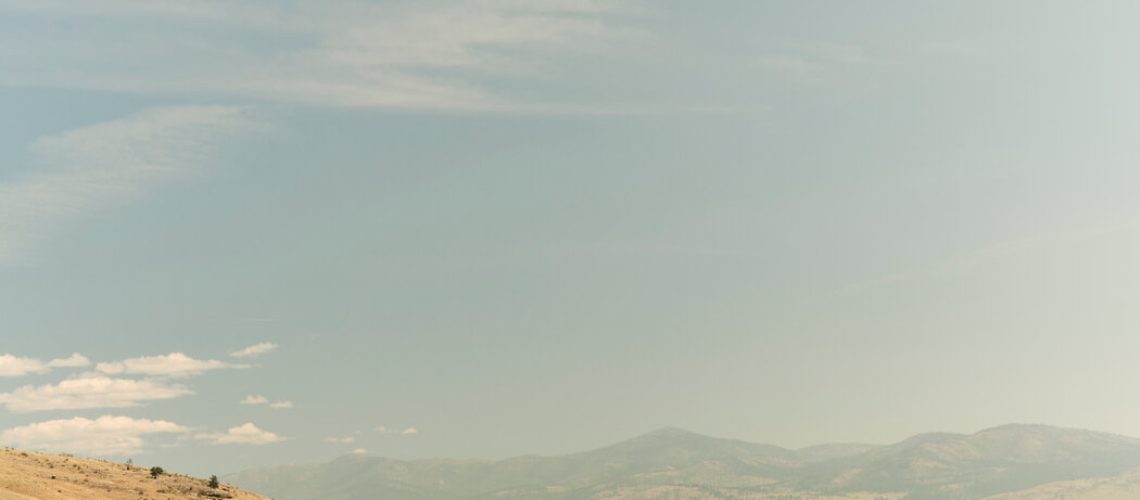Virtual fencing stands on this common ground: The regional organization Conservation Northwest funded the two base stations the Wilsons use, seeing virtual fencing as a chance to protect a movement corridor for elk, deer, bears, wolves, ground-nesting birds and other resident species. “As soon as we heard about it, we were all over it,” said Jay Kehne, an associate director for the group. “The more it’s adopted by ranchers, the better connectivity gains we make.”
Conservation Northwest has several other virtual fencing projects underway, including a partnership with the U.S. Forest Service on about 20,000 acres of grazing leases whose physical fences were destroyed by wildfire.
For tribal nations, virtual fencing can enhance wildlife restoration projects and protect treaty hunting rights. As tribes purchase and otherwise regain lost land, virtual fencing can help reconnect those places with existing tribal holdings. And while tribal members need fencing for their own livestock, “the tribal way is no lines on a map, no boundary markers,” said Cody Desautel, executive director of the Colville Tribes. “To the extent that we can return the landscape to a natural condition, we’d love to do that.” He added that the Colville Tribes were interested in expanding their use of virtual fencing and were considering potential locations.
Widespread adoption of the technology faces a number of hurdles. For one thing, ranchers have little financial incentive to swap out their barbed wire until it is damaged beyond repair. And virtual fencing, which is still in its infancy, comes with a learning curve for humans and cattle. Joy Wilson, who as a retired teacher is more familiar with computers than her husband is, taught herself to use the software platform and attends the online weekly help sessions offered by Vence, the manufacturer. During their first season, the Wilsons learned that securing the collars with zip ties prevented cows from prying them off, but the trick hasn’t worked for bulls, whose bulky necks make it possible for even a well-fastened collar to slip over their heads.
And while virtual fencing is very good at keeping your cows in, it doesn’t keep everybody else’s cows out. Until all their neighbors get on board, ranchers will still need at least some physical fencing. “When it comes to boundary fences, good fences still make good neighbors,” said Mr. Wilson.



